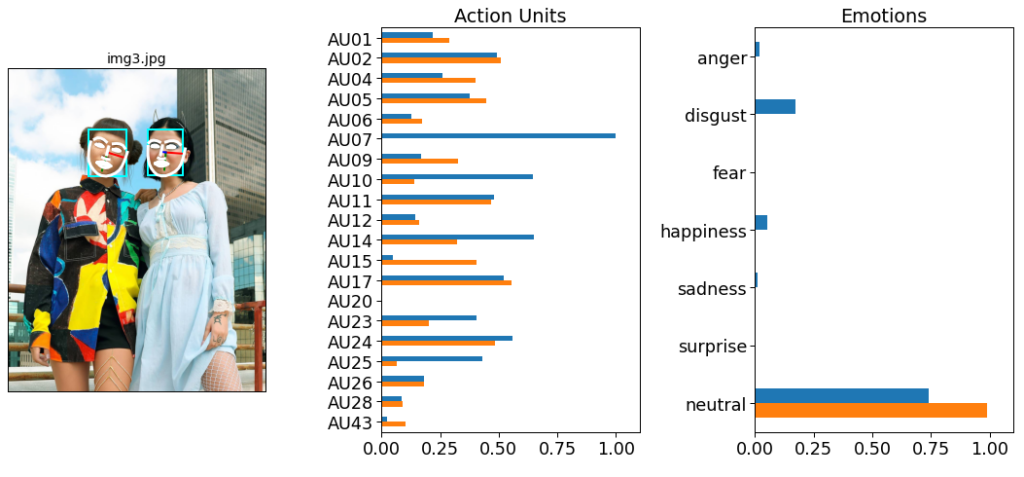Emotions are an essential part of human behavior, and they play a vital role in our social interactions. Recognizing emotions can be challenging, especially when we are dealing with complex social situations or non-verbal communication. But with the advent of artificial intelligence, emotion detection from images has become a reality. In this blog post, I will explore what emotion detection from images is and what we can learn from it.
What is Emotion Detection from Images?
Emotion detection from images is a computer vision technique that uses machine learning algorithms to recognize and classify human emotions from images. The technology works by analyzing facial expressions and body language to determine the emotions being expressed. The system can identify a range of emotions, including happiness, sadness, anger, fear, surprise, and disgust.
The process involves several steps, starting with facial detection, where the system identifies the face in the image. Next, the system extracts facial features, such as the position of the eyes, mouth, and nose, and analyzes them to determine the emotional state. The algorithm then assigns a probability score to each emotion, indicating the likelihood of that emotion being expressed in the image.
I used py-feat, which is a great python library for analyzing facial expressions (https://py-feat.org/).
So let´s take this photo. We can load the image with PIL and define a detector. In this case it was a face-model, a landmark-model, an AU-Model, an emotion-model and a facepose-model.

The face-model recognizes two faces, and the emotion-model detects the emotions and outputs a probability score.

We also receive the Action Units (AUs), which represent facial muscles. For example, an emotion such as sadness is often characterized by patterns such of AU1+AU4+AU15. For details, check the py-feat documentation.

We can even visualize the detection results by overlaying facial lines on top of the input image and by visualizing the strength of AUs and, finally, the detected emotions.

Emotion detection can provide valuable insights for the tourism industry, enabling businesses to understand the emotional experiences of their customers better and make data-driven decisions to improve the overall travel experience. By leveraging this technology, tourism businesses can create more personalized, engaging, and satisfying experiences for their customers, leading to increased customer loyalty and positive word-of-mouth marketing.